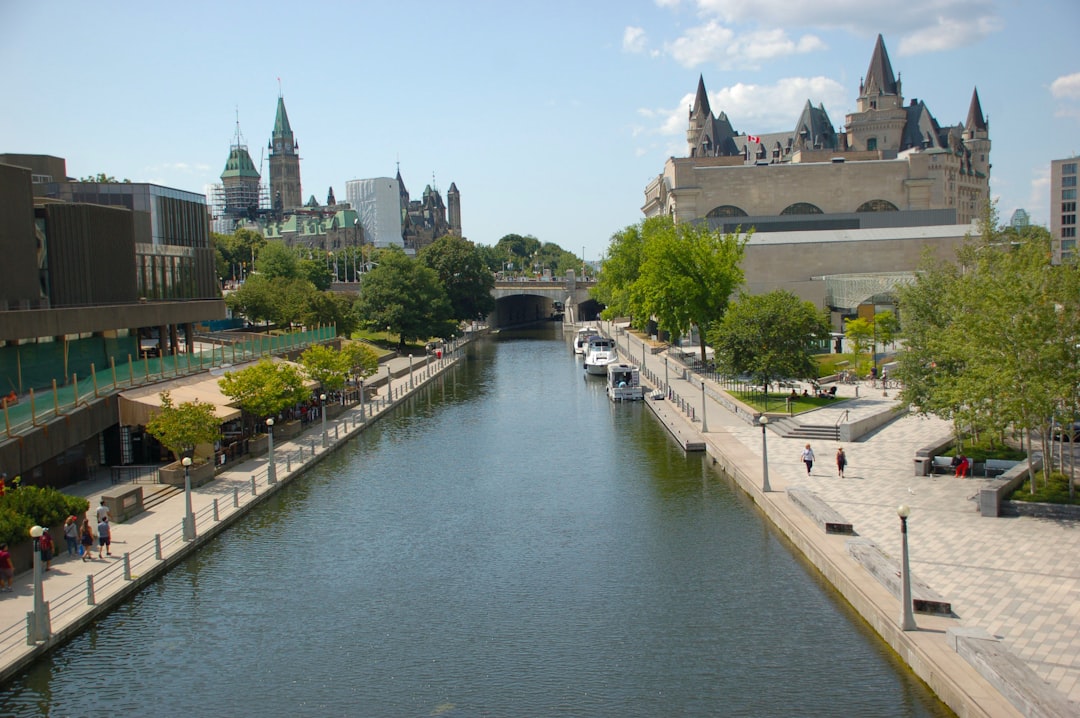What is it about?
When government investments in health, social, community, educational, and related services, the government creates intangible assets such as intangible infrastructure (e.g., program design, service protocols and processes, networks, and other development costs) developed to deliver program services and enhanced human capital embodied in the program recipients. But, unlike tangible assets (e.g., buildings, roads, equipment), government is not allowed to record these intangible items as assets. The failure to recognize these intangible infrastructure assets in the year-end financial reports under-represents the government’s true fiscal and service capacity and mistakes expenses. Using an International Accounting Standards Framework, we analyze whether these assets qualify as assets of the government and conclude that the intangible infrastructure assets are assets of the government but in most instances, enhanced human capital would not qualify as an asset of the government. However, users of government financial reports would benefit from the inclusion of information on the enhanced human capital in the government’s supplemental reporting of non-financial information in the year-end financial reports.
Featured Image

Photo by CDC on Unsplash
Why is it important?
Social and human capital accounting is currently a prominent topic in the private sector and is of growing interest in the public sector as the knowledge economy expands and organizational assets are increasingly derived from intangible assets. This interest is exemplified by initiatives such as New Zealand’s Wellbeing Budget, which aligns policy and reporting with the four pillars of capital (national, human, social, and financial), and the International Integrated Reporting Council supplementary framework, designed to enable both private sector and public sector reporting of all value created (manufactured, intellectual, human, social and relationship, and natural capital).
Perspectives
The intent of the paper is to further discussions on government reporting of investment outcomes such as human capital (the specific focus of this article), social capital and natural capital.
Deborah Milinkovic
McMaster University
Read the Original
This page is a summary of: Unrecognized assets created by public-sector investments in health and social services, Journal of Public Budgeting Accounting & Financial Management, October 2020, Emerald,
DOI: 10.1108/jpbafm-04-2020-0044.
You can read the full text:
Contributors
The following have contributed to this page










